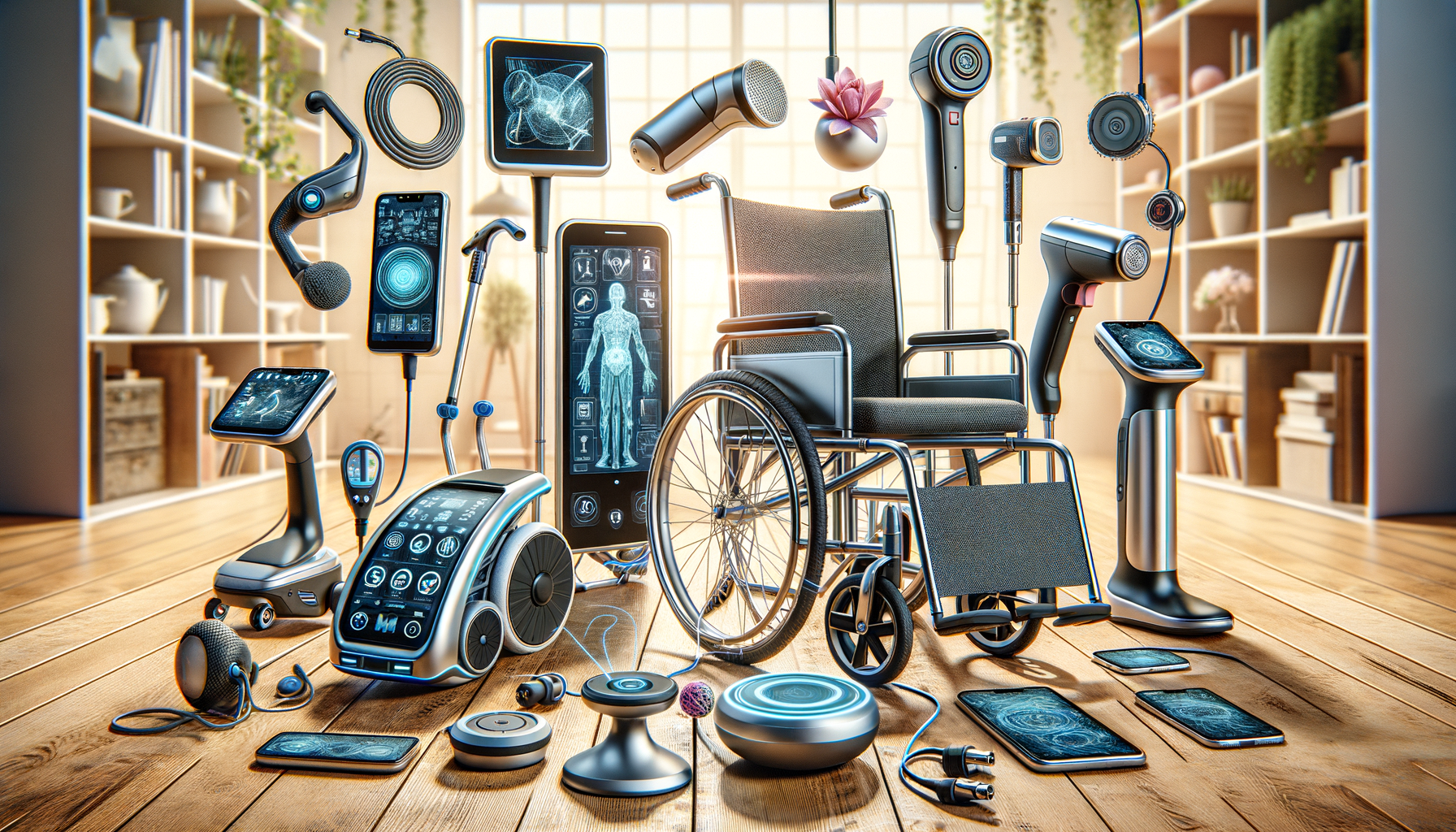
How Smart Mobility Aids Are Supporting Active and Independent Living
Smart Mobility Aids: A New Era for Senior Independence
In recent years, smart mobility aids have revolutionized the way seniors maintain their independence. These devices are equipped with cutting-edge technology, offering features such as GPS tracking, fall detection, and even health monitoring. The integration of these technologies into mobility aids not only enhances safety but also provides peace of mind for both users and their families. For instance, GPS tracking allows caregivers to monitor the location of their loved ones, ensuring they are safe and secure. Fall detection systems can automatically alert emergency services if a fall is detected, significantly reducing the response time in critical situations.
Moreover, many smart mobility aids can connect to smartphones or tablets, allowing users to customize settings and receive notifications. This connectivity empowers users to take control of their mobility aid and tailor it to their specific needs. By promoting a sense of autonomy and security, smart mobility aids are helping seniors lead more active and fulfilling lives.
Ergonomic Walking Aids: Prioritizing Comfort and Usability
Ergonomic walking aids are designed with user comfort and ease of use in mind. These aids often feature adjustable handles, lightweight materials, and shock-absorbing components, all of which contribute to a more comfortable walking experience. The focus on ergonomics is crucial, as it helps prevent strain and injury, which are common concerns for seniors using traditional walking aids.
One notable advancement in ergonomic design is the use of contoured grips that fit naturally in the hand, reducing pressure on joints and minimizing fatigue. Additionally, many walking aids now include foldable designs, making them easy to transport and store. This portability is especially beneficial for seniors who enjoy traveling or need to navigate different environments throughout their day.
By combining ergonomic design with functional features, these walking aids enable seniors to move with greater ease and confidence, enhancing their overall quality of life.
Assistive Technology: Bridging the Gap for Elderly Care
Assistive technology encompasses a wide range of devices and applications designed to support seniors in their daily activities. From voice-activated assistants to wearable health monitors, these technologies are bridging the gap between independence and care. For example, voice-activated assistants can help seniors manage their schedules, set reminders for medication, and even control smart home devices without needing to navigate complex interfaces.
Wearable health monitors provide real-time data on vital signs, allowing seniors to keep track of their health and share information with healthcare providers. This proactive approach to health management can lead to early detection of potential issues, ultimately improving outcomes and reducing the need for hospital visits.
By integrating assistive technology into their lives, seniors can maintain a level of independence while still having access to the support they need, fostering a sense of empowerment and well-being.
Comparing Mobility Aids: Choosing the Right Solution
When selecting a mobility aid, it’s important to consider the specific needs and preferences of the user. Smart mobility aids, ergonomic walking aids, and assistive technologies each offer unique benefits, and understanding these can help make an informed decision.
Smart mobility aids are ideal for those who prioritize safety and connectivity. Their advanced features such as GPS and fall detection provide an added layer of security. On the other hand, ergonomic walking aids are best suited for individuals seeking comfort and ease of use, with designs that reduce strain and enhance mobility.
Assistive technologies, such as wearable health monitors and voice-activated devices, are beneficial for seniors who wish to integrate technology into their daily routines. These devices can offer support in managing health and daily tasks, promoting independence.
Ultimately, the choice of mobility aid should be guided by the user’s lifestyle, physical capabilities, and personal preferences, ensuring the selected solution aligns with their needs.
Conclusion: Empowering Seniors Through Innovation
The advancements in mobility aids and assistive technologies are empowering seniors to lead more active, independent lives. By combining smart features with ergonomic designs, these innovations address the unique challenges faced by the elderly, enhancing both safety and comfort.
As technology continues to evolve, the potential for further improvements in mobility aids is vast. The focus remains on creating solutions that not only meet the practical needs of seniors but also enrich their lives, allowing them to maintain their independence and enjoy life’s experiences to the fullest.
For seniors and their families, staying informed about the latest developments in mobility aids and assistive technologies is key to making choices that support a high quality of life. With the right tools, seniors can continue to thrive and engage with the world around them.